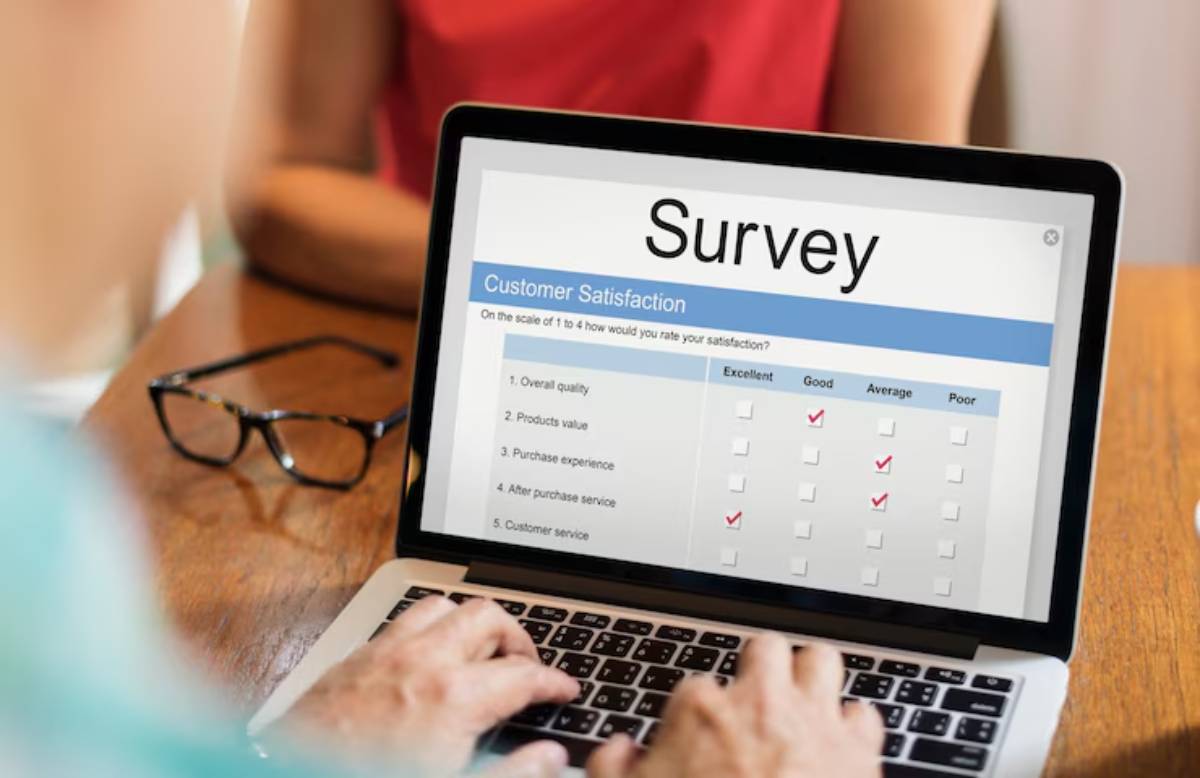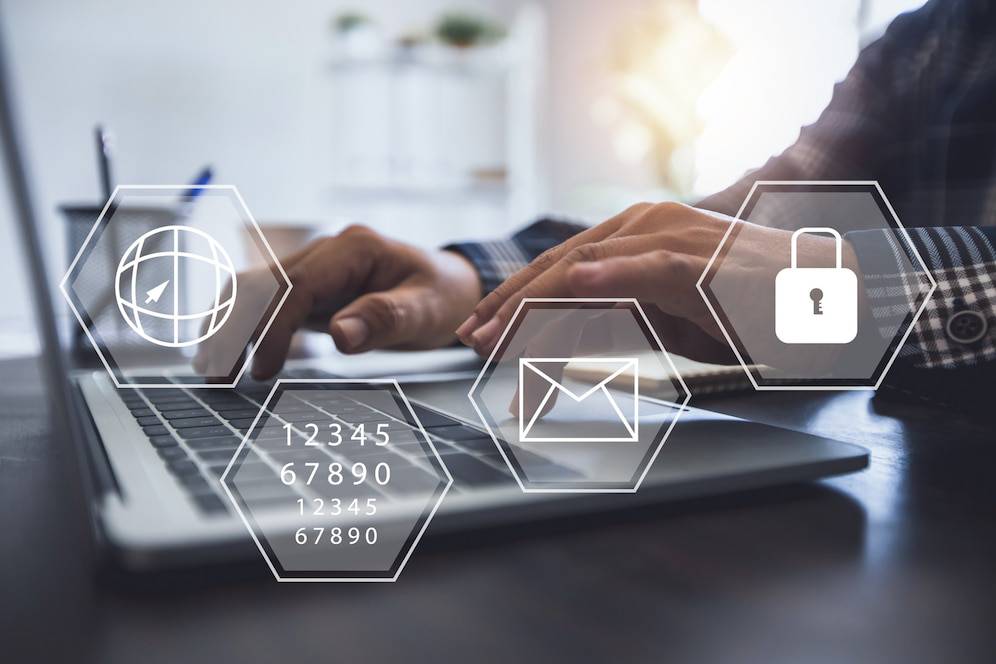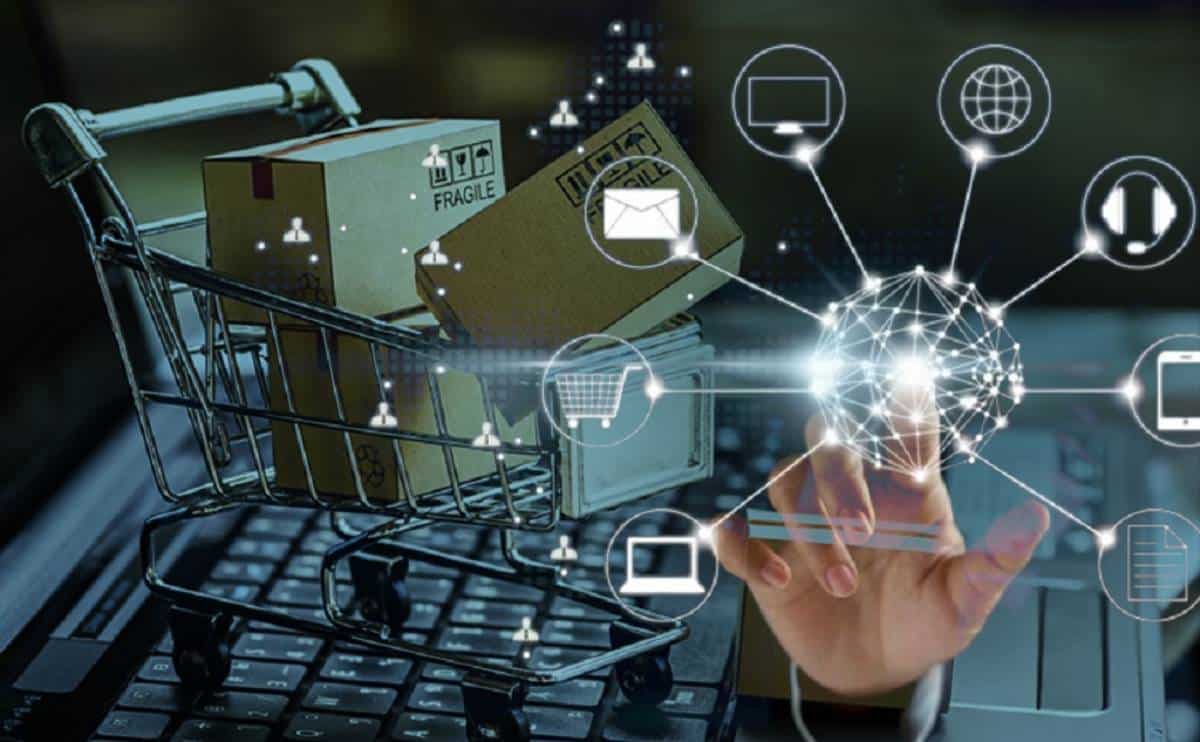
Implementing Differential Privacy in Online Retail
Do you worry about how much personal info online stores have on you? You’re not alone. Keeping it safe is vital in a world where customer data shapes marketing and product ideas.
Differential privacy is your stealthy guardian in the data-driven world. It shields individual identities while unleashing a treasure trove of insights for businesses. Online retail is booming. So, adding differential privacy to your data strategy is crucial for success.
In this blog post, you’ll discover what differential privacy is. You’ll see why it’s essential for online retail. Also, you’ll learn how to use it to protect data while keeping customer trust. Ready to future-proof your ecommerce operations? Let’s get started.
Understanding Differential Privacy
What is Differential Privacy?
Differential privacy is a method for improving the accuracy of database queries and reducing the risk of pinpointing individual data entries.
Think about this: you want to find out your customers’ average age, but you don’t want to share any one person’s age. Differential privacy adds “noise”—random data—to the real data, making it hard for outsiders to identify anyone’s personal information.
In short, it offers the best of both worlds: valuable insights and individual anonymity.
Why is Differential Privacy Important for Online Retail?
In online retail, customer information is gold.
But collecting and using that data irresponsibly can:
- Erode customer trust
- Lead to regulatory penalties under GDPR or CCPA
- Damage your brand reputation
By using differential privacy, retailers can responsibly harness data to:
- Personalise experiences
- Optimise supply chains
- Predict consumer behaviour
- Innovate product offerings based on broad consumer insights
Key Insight: Differential privacy doesn’t hide your data. Instead, it protects individuals while still allowing businesses to find helpful patterns.
Key Concepts Behind Differential Privacy
Before implementing it, it’s crucial to grasp a few fundamental ideas:
- Noise Addition: Small amounts of random data are mixed into the dataset.
- Privacy Budget (ε): A parameter that measures privacy loss. A lower ε means stronger privacy but less accurate results.
- Aggregate Analysis: Focuses on trends and patterns rather than individual data points.
Pro Tip: Finding the right balance between data utility and privacy is essential. Too much noise makes your insights meaningless, while too little noise compromises privacy.
Core Principles to Remember
- Indistinguishability: The output remains unchanged primarily, whether or not an individual’s data is included.
- Post-processing Immunity: Any computations after noise addition do not affect the privacy guarantees.
- Cumulative Privacy Loss: Asking the same question many times lowers privacy. So, it needs careful management.
These principles form the bedrock of effective differential privacy implementation.
Practical Applications of Differential Privacy in Online Retail
Personalised Recommendations Without Creeping Out Customers
Have you ever received a recommendation that felt eerily specific? Customers appreciate relevant suggestions, but when it feels intrusive, it backfires.
Using differential privacy, online retailers can:
- Analyse shopping habits anonymously
- Suggest products based on broader patterns
- Maintain the delicate balance between helpful and creepy
- Encourage loyalty through trust-centric personalisation
Secure Data Sharing with Third Parties
Retailers often share data with vendors, logistics partners, and marketing agencies. Differential privacy keeps shared datasets useful while protecting customer identities.
Benefits:
- Secure collaborations
- Reduced liability
- Improved partner trust
- Compliance with international data-sharing regulations
Enhanced Customer Surveys

Gathering survey is essential. Customers may not be honest if they can’t stay anonymous.
Differential privacy can:
- Encourage candid responses
- Reduce survey bias
- Increase participation rates
- Help uncover hidden insights that would otherwise remain untapped
Real-World Example: Apple uses differential privacy to gather user data. This helps improve predictive text and emoji suggestions. They do this without tracking individual typing habits, keeping user privacy safe.
Product Testing and A/B Experiments
When testing new products or website features, companies often collect usage data. Differential privacy can:
- Protect participants’ identities
- Provide reliable, anonymised feedback
- Allow safe scaling of tests to a broader audience
This ensures innovation without sacrificing trust.
Step-by-Step Guide to Implementing Differential Privacy
1. Identify Sensitive Data
Start by auditing your data. Look for fields containing:
- Personal identifiers (name, email, phone number)
- Transaction histories
- Browsing behaviour
- Device and location data
Focus your differential privacy efforts where the risk is highest.
2. Choose the Right Tools and Libraries
Several open-source libraries and platforms facilitate differential privacy, such as:
- Google’s Differential Privacy library
- IBM’s Diffprivlib
- Microsoft’s SmartNoise
- OpenMined’s PySyft
Factors to Consider:
- Ease of integration
- Compatibility with existing databases
- Support and documentation
- Community and development activity
3. Set Privacy Budgets Thoughtfully
Remember, lower ε = better privacy, but less accuracy.
Determine your tolerance levels based on:
- Business needs
- Legal Requirements
- Customer expectations
A marketing team might allow a higher ε for general trend analysis. However, in healthcare ecommerce, strict privacy budgets are a must.
4. Add Noise Strategically
Rather than blindly applying noise across all datasets, target:
- Highly sensitive information
- Data outputs are visible to external users
- Data sets most susceptible to re-identification attacks
Analogy: Think of noise addition like frosting a glass window. You still see light and colours, but fine details are obscured.
5. Regularly Audit and Adjust
Implement ongoing monitoring to ensure:
- Privacy standards remain compliant
- Data insights stay actionable
Adapt your privacy budgets and noise levels as business and regulatory environments evolve.
Checklist for Auditing:
- Review privacy budgets quarterly
- Test datasets for potential re-identification
- Stay updated on evolving privacy laws and best practices
Challenges and How to Overcome Them
Balancing Data Utility and Privacy

Too much noise? Your marketing campaigns miss the mark. Too little? Risk of data breaches.
Solution:
- Pilot projects with different ε values
- Continuously fine-tune your models
- Engage cross-functional teams (marketing, legal, IT) for input
Technical Complexity
Differential privacy is not plug-and-play.
Solution:
- Invest in staff training
- Partner with specialised consultants
- Leverage easy-to-integrate libraries
- Start small, then scale
Customer Communication
Customers might not know what differential privacy means.
Solution:
- Clearly explain your commitment to privacy on your website
- Use simple, reassuring language
- Share certifications and compliance updates
- Publish transparent privacy policies and FAQs
Example Statement:
“We use smart privacy tools to keep your data safe. This way, your shopping experience is secure, anonymous, and tailored just for you.”
The Future of Data Anonymisation in Retail
As rules tighten and consumers seek more transparency, data anonymisation will continue to evolve. Differential privacy isn’t just a trend; it’s becoming the gold standard.
Forward-thinking retailers are already:
- Combining differential privacy with AI for smarter, safer insights
- Building privacy-first cultures
- Using privacy as a marketing advantage
- Innovating customer loyalty programmes based on anonymised data
Ignoring these changes can lead to penalties and loss of customer loyalty.
Stat Alert: Cisco’s 2023 Consumer Privacy Survey shows that 92% of customers won’t buy from companies they don’t trust with their data.
Emerging Innovations

- Homomorphic Encryption: Performing computations on encrypted data without decrypting it.
- Federated Learning: Training AI models without moving sensitive data.
- Synthetic Data Generation: Creating entirely fake but realistic datasets for testing and modelling.
The future of e-commerce is privacy-enhanced, customer-trusted, and data-empowered.
Conclusion: Implementing Differential Privacy in Online Retail
Differential privacy isn’t just a theory for big tech. It’s a key strategy for online retailers who care about customer data security. Using differential privacy in your business lets you gain valuable insights. You can do this without risking the privacy of the people you serve.
It takes commitment, skill, and constant attention. The rewards are big: customer loyalty, following regulations, and getting ahead of competitors.
Remember, trust is your brand’s most valuable currency. Protect it fiercely.
Take the Next Step:
- Evaluate your current data practices.
- Explore tools to integrate differential privacy.
- Educate your customers on your privacy-first approach.
- Stay curious and proactive — the privacy landscape is ever-changing.


